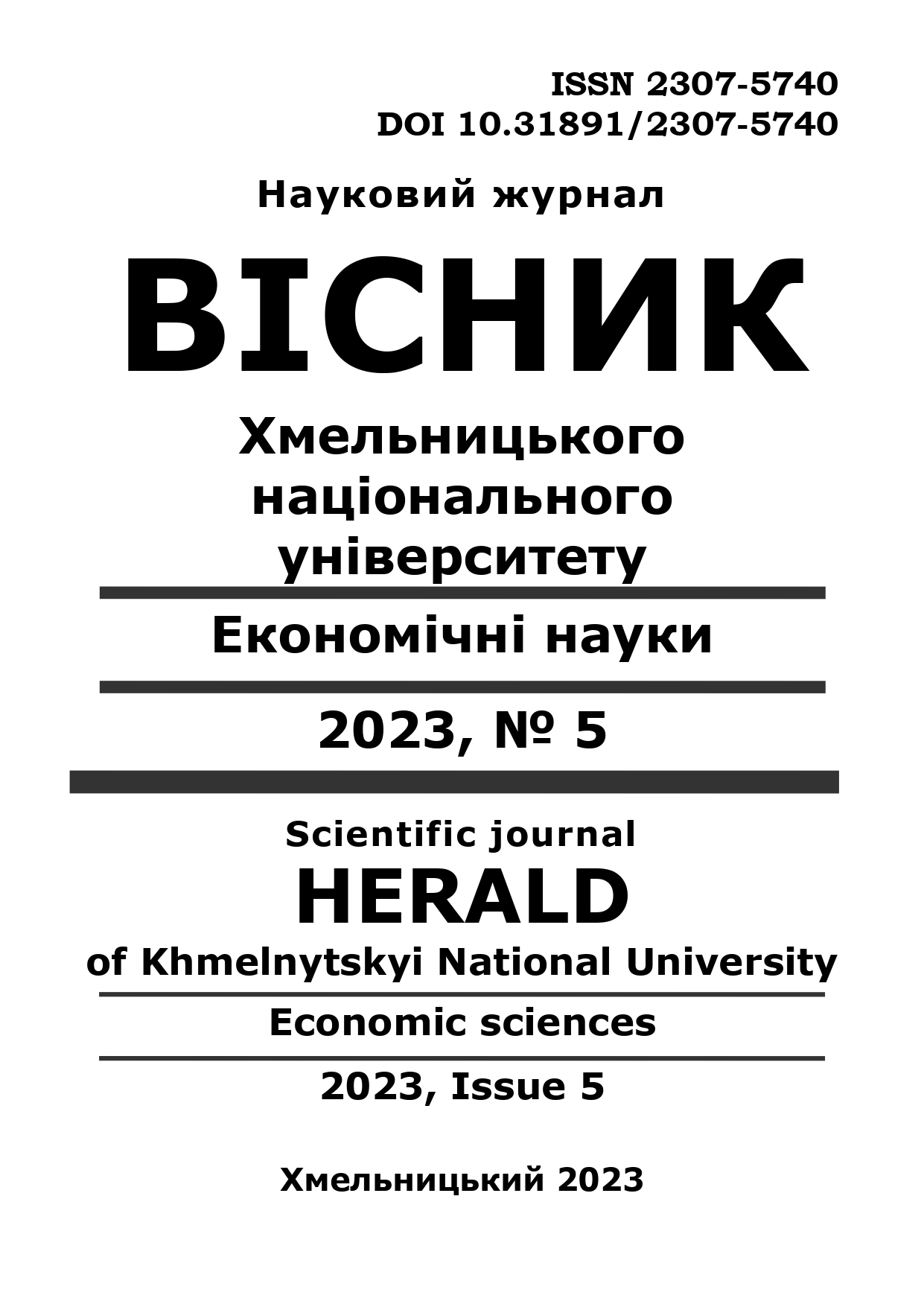FORMATION OF COMPETITIVENESS OF THE AGRARIAN SECTOR IN THE CONTEXT OF EUROINTEGRATION
DOI:
https://doi.org/10.31891/2307-5740-2023-322-5-63Keywords:
competitiveness, competitiveness management, competition, competitive environment, economic security of the enterprise, agricultural enterprisesAbstract
Objective of the Article: The article aims to thoroughly examine and refine the conceptual framework surrounding the competitiveness of agricultural businesses, establishing a vital link between competitive strength and economic resilience.
Extended Description of the Work: This comprehensive analysis embarks on an explorative journey to scrutinize the intrinsic characteristics of competitiveness in the context of agricultural enterprises. It underscores the significance of competitiveness as a critical determinant of an enterprise's success and delves into the economic category of competitiveness management. Through detailed examination, the paper presents the fundamental structural components required for managing competitiveness effectively. A particular focus is given to economic security, recognizing it as the cornerstone for the stable and efficient operation of enterprises in the market. The study meticulously discusses how the multifaceted competitive environment encompasses a range of elements, each contributing to the overall competitive posture of agricultural enterprises. It addresses the unique challenges faced by the agricultural sector, such as the seasonality of production, reliance on natural resources, and sensitivity to natural and climatic changes, emphasizing the importance of a strategic approach to competitiveness management that can safeguard against these risks.
Expanded Conclusions of the Work: Conclusively, the research underlines the criticality of developing a dynamic management system for competitiveness, which can not only foster favorable conditions for growth and development within the agricultural sector but also ensure compliance with safety standards. Such a system equips enterprises to withstand and counteract the disruptive influences from both the internal dynamics and external market pressures, securing a place in the highly volatile agricultural market.


